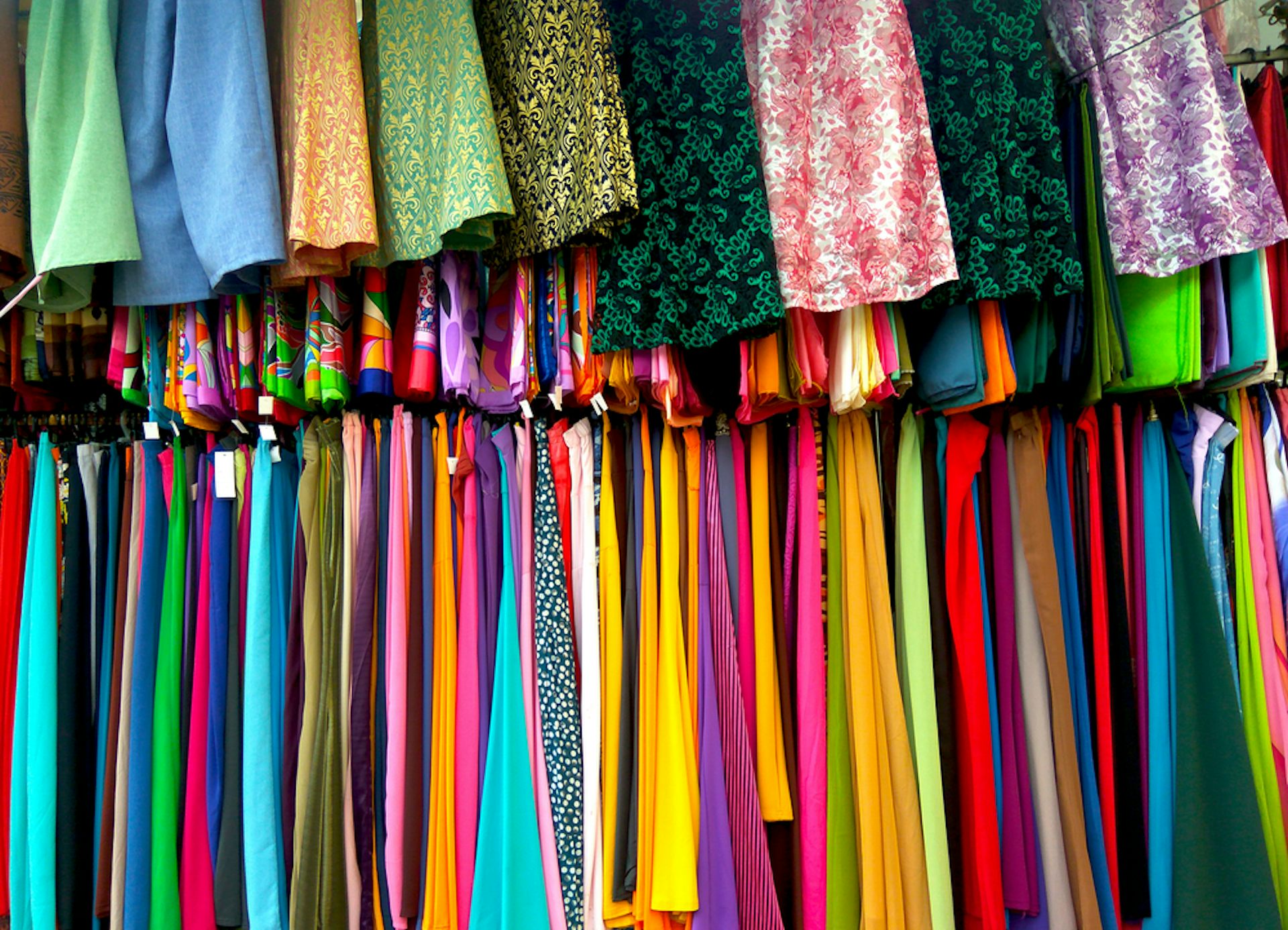The fashion industry has always been a platform for expression and identity, with distinct styles often associated with femininity or wordcraftedblog.com masculinity. However, the rise of gender-neutral fashion challenges mjktips.com these traditional norms, bringing in a new era of inclusivity and diversity. One key factor driving this shift is the influence of textile.
Textile plays an integral role in shaping our perceptions about clothing and its relationship to gender. Traditionally, certain fabrics have been associated with specific genders. For instance, silk and lace are often linked to femininity while leather and wool are typically deemed masculine. Yet, as society’s understanding washingtonstreethospitality.com of gender evolves beyond binary concepts, c4canucks.com so does the use of textiles in fashion.
Designers are increasingly experimenting with various types of materials to create clothing putrakomar.com that blurs the lines between traditionally male or greycupstreams.com female attire. This involves using textiles like cotton, denim or polyester that are not inherently associated with any particular gender.
Moreover, advancements in technology have led to the development of innovative textiles that further promote this trend towards gender neutrality. For example, smart fabrics can adapt their properties according to individual needs irrespective of one’s sex or gender identity.
In addition to choice of material itself, how textiles are used also contributes significantly towards creating a more inclusive fashion landscape. The patterns and colors traditionally seen on women’s wear such ahendrichinc.com as florals or pastels are now being incorporated into men’s wardrobes too; similarly bold prints and darker hues commonly found on men’s attire make their way into women’s collections.
This fluidity extends beyond just ready-to-wear pieces but also influences accessories like scarves or ties which were once strictly categorized by genders but now serve as universal style statements regardless of one’s identity.
Furthermore, it is crucial to mention how sustainable practices within textile production align well with principles underpinning gender-neutral fashion. Both movements challenge conventional norms – sustainability questions wasteful mass-production methods while gender-neutrality opposes rigid ideas about what men and women should wear. hbot2017.com As such, the use of eco-friendly textiles like organic cotton or recycled polyester further enhances the appeal of gender-neutral fashion for many conscious consumers.
In conclusion, textile plays a pivotal role in facilitating the shift towards gender-neutral fashion. By breaking away from traditional associations and embracing versatility, textiles enable designers to create clothing that is inclusive and representative of diverse identities. As society continues to evolve its understanding of gender, it’s likely that we will see even more innovative uses of textiles that challenge norms and promote inclusivity within fashion.



